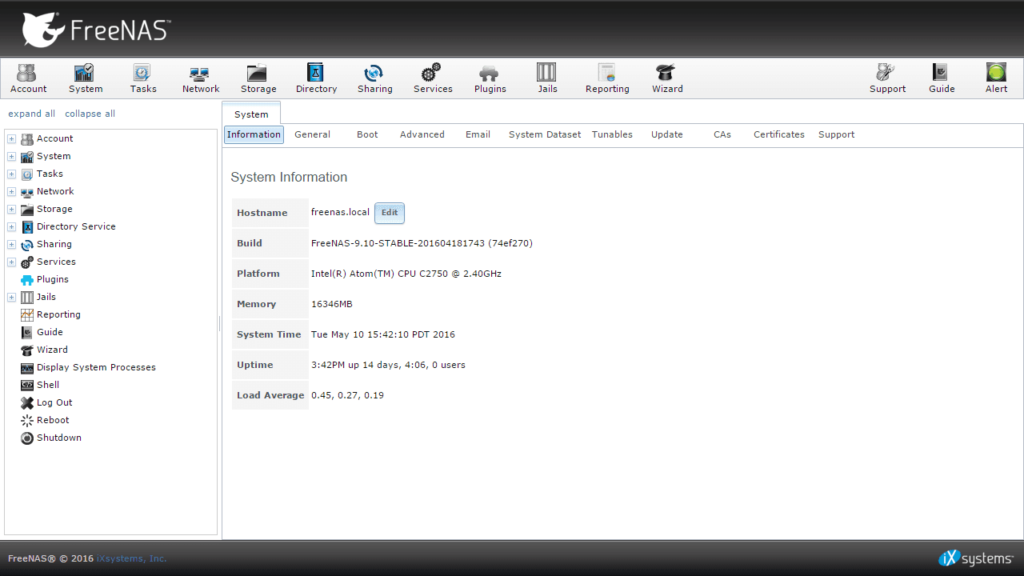Best San For Smb

A storage area network (SAN) is a dedicated, high-speed network that provides access to block-level storage. SANs were adopted to improve application availability and performance by segregating storage traffic from the rest of the LAN.
- Lenovo ThinkSystem DS Series provides breakthrough performance and scale at best-in-class pricing. Lenovo Storage V Series Implement an effective SAN infrastructure with new support for 12Gb SAS and IBM Spectrum Virtualize software.
- Feb 20, 2018 - The QNAP TS-x53B Series NAS for Best Cost vs Features. Applications; Unified storage with iSCSI/IP-SAN support, virtualization-ready with.
Conclusion – Top 12 Best Banks for Small Business Banking For a small business owner, the bank he or she chooses to do business with is often an essential component of that individual’s success. Choosing the right bank can help small businesses grow and thrive and provide the best financial products and services for their specific needs.
SANs enable enterprises to more easily allocate and manage storage resources, achieving better efficiency. “Instead of having isolated storage capacities across different servers, you can share a pool of capacity across a bunch of different workloads and carve it up as you need. It’s easier to protect, it’s easier to manage,” says Scott Sinclair, senior analyst with Enterprise Strategy Group.
Best San For Smb Jobs
What is in a SAN?
A SAN consists of interconnected hosts, switches and storage devices. The components can be connected using a variety of protocols. Fibre Channel is the original transport protocol of choice. Another option is Fibre Channel over Ethernet (FCoE), which lets organizations move Fibre Channel traffic across existing high-speed Ethernet, converging storage and IP protocols onto a single infrastructure. Other options include Internet Small Computing System Interface (iSCSI), commonly used in small and midsize organizations, and InfiniBand, commonly used in high-performance computing environments.
Vendors offer entry-level and midrange SAN switches for rack settings, as well as high-end enterprise SAN directors for environments that require greater capacity and performance. Example vendors that offer enterprise SAN products include Dell EMC, Hewlett-Packard Enterprise, IBM and Pure Storage.
[Related: What is NAS and how do NAS servers excel at corralling unstructured data?]
“A SAN consists of two tiers: The first tier — the storage-plumbing tier — provides connectivity between nodes in a network and transports device-oriented commands and status. At least one storage node must be connected to this network. The second tier — the software tier — uses software to provide value-added services that operate over the first tier,” says research firm Gartner in its definition of SAN.
How is NAS different than a SAN?

Star wars 7 download deutsch. SAN and network-attached storage (NAS) are both network-based storage solutions. A SAN typically uses Fibre Channel connectivity, while NAS typically ties into to the network through a standard Ethernet connection. A SAN stores data at the block level, while NAS accesses data as files. To a client OS, a SAN typically appears as a disk and exists as its own separate network of storage devices, while NAS appears as a file server.
SAN is associated with structured workloads such as databases, while NAS is generally associated with unstructured data such as video and medical images. “Most organizations have both NAS and SAN deployed in some capacity, and often the decision is based on the workload or application,” Sinclair says.
What is unified storage?

Unified storage – also known as multiprotocol storage – grew out of the desire to stop procuring SAN and NAS as two separate storage platforms and to combine unified block and file storage in one system. With unified storage, a single system can support Fibre Channel and iSCSI block storage as well as file protocols such as NFS and SMB. NetApp is generally credited with the development of unified storage, though many vendors offer multiprotocol options.
Today, the majority of midrange enterprise storage arrays tend to be multiprotocol, Sinclair says. “Instead of buying a box for SAN storage and a box for NAS storage, you can buy one box that supports all four protocols – it could be Fibre Channel, iSCSI, SMB, NFS, whatever you want,” he says. “The same physical storage can be allocated to either NAS or SAN.”
What’s new with enterprise SANs?
Storage vendors continue to add features to improve scalability, manageability and efficiency. On the performance front, flash storage is having an impact on enterprise SANs. Vendors offer hybrid arrays that combine spinning disks with flash drives, as well as all-flash SANs.
In the enterprise storage world, flash so far is making greater inroads in SAN environments because the structured data workloads in a SAN tend to be smaller and easier to migrate than massive unstructured NAS deployments. Flash is impacting both SAN and NAS environments, “but it’s predominantly on the SAN side first, and then it's working its way to the NAS side,” Sinclair says.
If you're looking for a desktop Network Attached Storage device, the current crop of NAS appliances should make you happy. Every box we tested worked well, provided boatloads of storage, and many cost less today per terabyte than they did just a few years ago. Four of the seven units we tested come with enough software, mostly free open source applications, to run a complete small business and provide Web hosting. The seven products are from QNAP, Thecus, ZyXEL, ioSafe, Buffalo, Netgear and D-Link. ALSO, CHECK OUT OUR REVIEW OF SOFTWARE-BASED NAS.